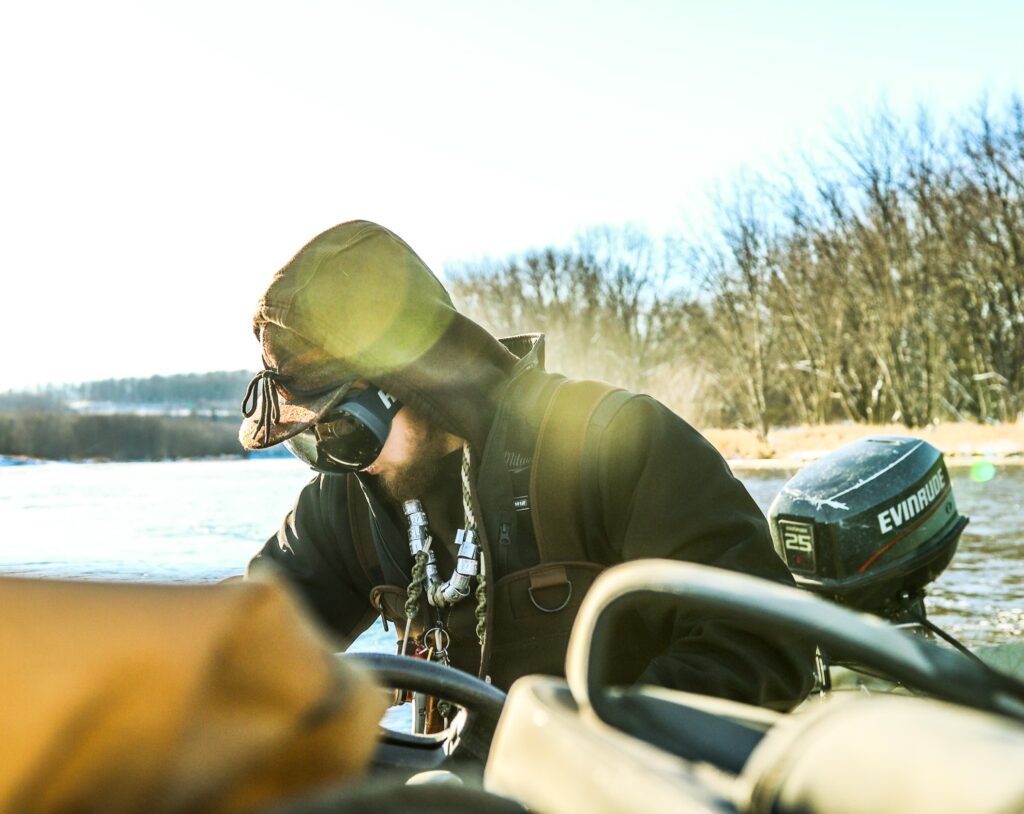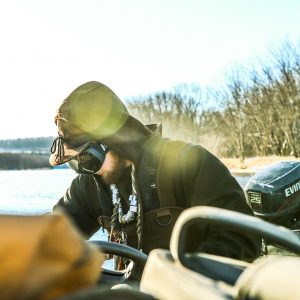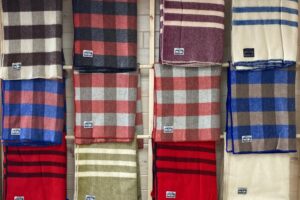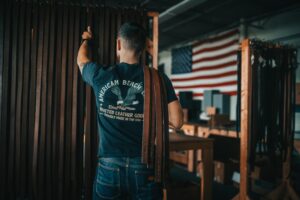At Stormy Kromer, we aspire to highlight members of our community and the things they’re passionate about. Our shared love of nature and the outdoors is what connects us all, and we love being able to highlight those stories. Recently we had the chance to hear from Dakota Pagel who shared more about his journey into the waterfowl hunting community.
Igniting a Passion
Dakota grew up in central Wisconsin, where hunting was always a family tradition. He didn’t start out in the waterfowling community, seeing it on TV and in magazines, so he was always intrigued.
“The shows I watched growing up were so fascinating and cool. Watching a big green head back-peddle into the timber or even almost hit the robo-duck (spinner).”
All that fascination drove Dakota to go out with some buddies who were already big into waterfowl hunting–where he learned how to call, when to call and how to set decoys.
“Most people think to just hammer on the call but that’s not always the case. Start out calm and watch the bird’s reaction.”
Perfecting Your Calls
There is a wide variety of calls and styles for calling waterfowl. According to Dakota, it’s best practice to have two to three calls ready, including a duck call, a goose call, and a whistle.
“These all make different sounds for what you may be hunting for. Some are built for a quieter sound for when you’re close, some really loud for the big water, and some that almost bark and are typically used around timber.”
He added that you should also keep a few things in mind when preparing to go on a hunting trip:
- Practice: Make sure you are bringing all the air from your diaphragm. Go down to a local park and listen. Watch calling tutorials. Set a timer and go for 30 minutes to an hour and just go with the flow.
- Group Calling: When in groups, use a team-calling method. Have one person who runs the show, and the others follow behind, adding in things like quacks. It’s not a competition.
- Control: Make sure you sound like a bird, know when to call, how loud to call, and how often to call.
“You need to keep yourself under control and try not to slip anything out that you normally wouldn’t, make sure you are following how you have been practicing.”
How to Blend In
Waterfowl hunters need to be as hidden as possible when out on the hunt.
“Ducks and geese both have amazing eyesight and can pick out anything they don’t like.”
You can hide in layout blinds, an a-frame, or even make one out of sticks of some sort. A-frames and layout blinds are very effective. Older generations love A-frames because it’s easy on their backs and knees.
“All you do is stand up and go at it, while layouts you gotta get down and are pretty much in the ground minus the minimal support on your back.”
However, Dakota added that layouts are what you want to use if you’re going for a very low-profile hunt.
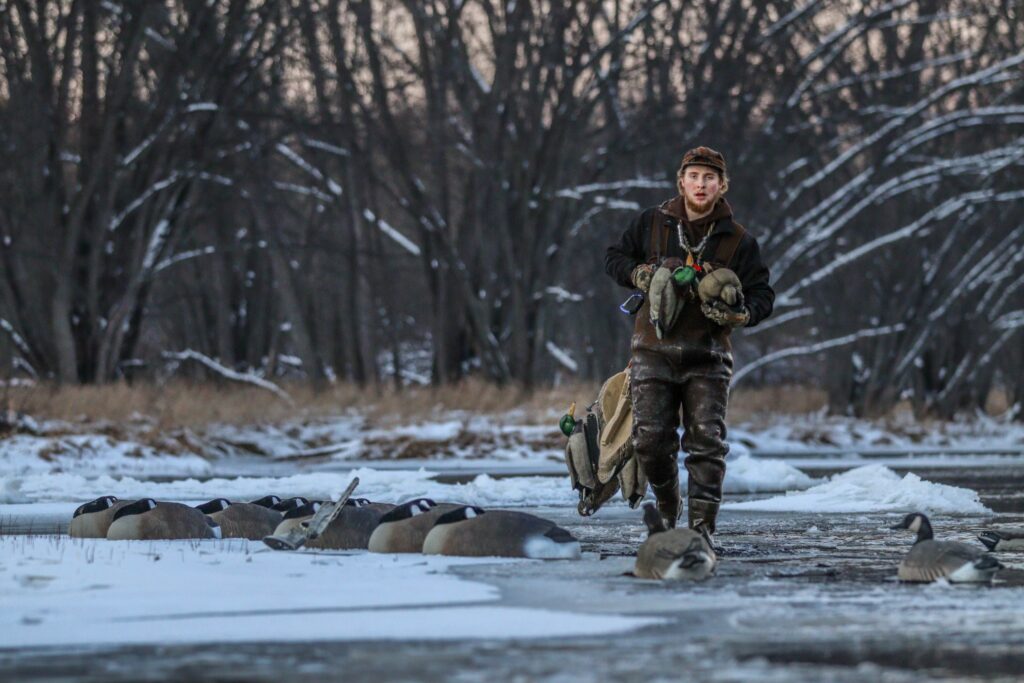
Photo features Dakota Pagel (@slate_media) wearing The Rancher Cap
Creating a Decoy
We haven’t seen a lot of change in decoys for waterfowl hunting throughout the years. There are several main kinds: silhouettes, full-bodies, windsocks and spinners/flappers.
“Full bodies in most peoples’ opinion work the best, but they are more expensive, better quality, and stand out the most.”
Dakota said silhouettes are a game-changer because they are light, easy to carry and can be used on water with a flotation device. They don’t stand out like a full-body decoy at all angles, but they still look very realistic and useful.
Scouting Out Hotspots
When scouting for places to hunt, Dakota says you want to look for 3 things:
- Water
- Food
- Loaf
“The biggest things are water and food. You will find all of your birds coming off some sort of water in the morning whether it’s ponds, rivers, or lakes.”
Just like humans, ducks and geese need to eat, and you want to be able to find the exact spot where they are going to eat or find a spot that they fly over or past to hunt, which is called trafficking.
However, trafficking can be very hit or miss. Some days it can be better than hunting the exact spot where they are at for food, other days it’s the opposite.
If you live the Kromer Country lifestyle and want to share something you are passionate about, let us know here.




